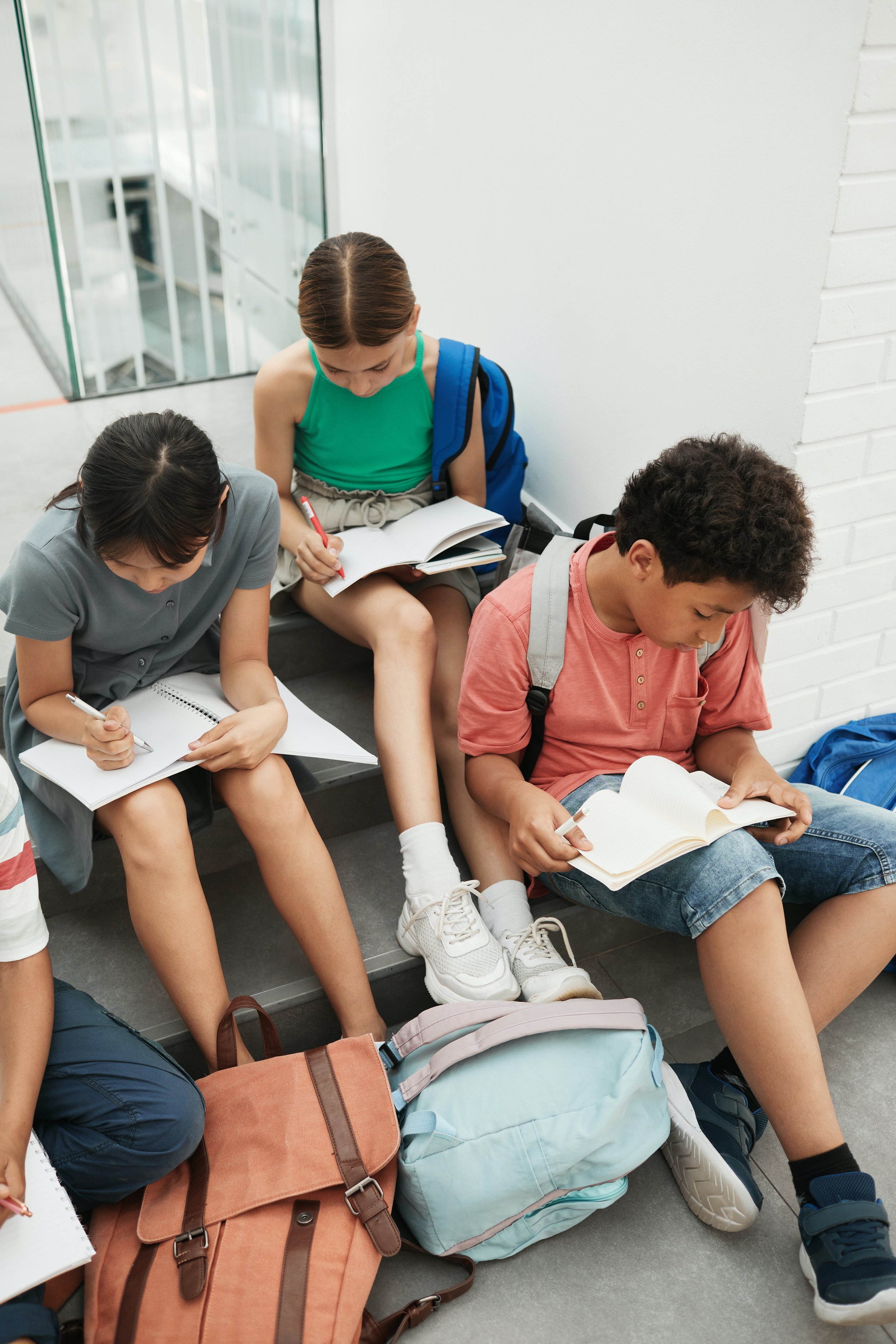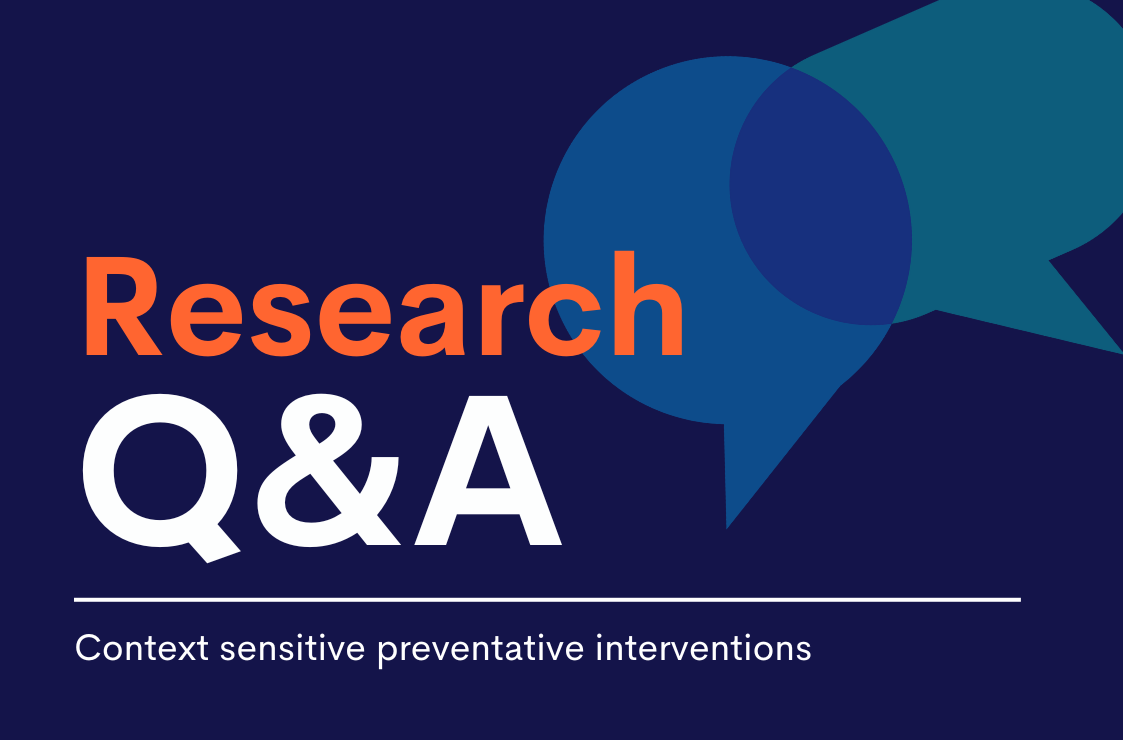Reframing violence
The AYJ is working alongside its members and children and young people to push for the response to violence affecting children to prioritise safeguarding and support over marginalisation and criminalisation.
What’s the problem?
Children involved in serious violence and the youth justice system are particularly vulnerable, often face multiple disadvantage including experiences of the care system, and are frequently victims of crime, violence, and exploitation. Yet narratives around violence and the response to children affected often fail to recognise this, risking the criminalisation of children when safeguarding should be the priority.
Violence in England and Wales takes many forms, and the needless harm it causes across society must be addressed. But too often, conversations around violence levels, particularly in the media, focus on ‘serious youth violence’ and gangs rhetoric, creating misconceptions about the prevalence of serious violence involving children and the main drivers of violent crime. The moral panic created by these misrepresentations drives overly punitive criminal justice responses and a misplaced focus on solutions.
When children are involved in violence and offending, the public, media and justice system often focus on the child as a violent or bad individual, on the risk the child poses to others, and the harm they have caused and may continue to cause society. Violence involving children must be understood in its context: one of social harms, state failure, and structural violence. Children are being harmed by austerity, poverty, racial violence and intergenerational trauma, a lack of youth services and support. They are put at risk by a care system in crisis, school environments struggling to meet complex needs, violent policing, the violence of the secure estate, and failing responses to exploitation. This state violence, of increasingly violent systems that are supposed to exist to support and safeguard children but are instead failing to protect them from harm or even actively causing harm, must be understood and addressed in order to tackle serious violence.
What needs to change?
Narratives need to shift away from ‘youth violence’ and ‘risky’, ‘harmful’ children, where the onus for violence is placed on individual children or certain groups, towards an understanding of the societal violence, risks and harms children are subjected to, that may directly or indirectly sweep them into the justice system. Violence needs to be reframed such that state violence and state failure is understood as the key driver of violent crime.
Despite the wealth of evidence that children involved in violence are often extremely vulnerable, they are too often viewed as and treated separately to other vulnerable children, side-lined by those with responsibility for children. Government departments and agencies must all understand their responsibility and their role in working to address violent crime and prevent children coming into conflict with the law.
Why now?
As the impacts of COVID-19 on children continue to be felt, and the cost of living crisis continues with further rounds of austerity incoming, a perfect storm is brewing for children at risk. At the same time, increasingly punitive and anti-child-rights attitudes are permeating. With state violence and societal harms expected to increase, therefore, it is particularly critical we work to reframe conversations about children in the youth justice system, particularly those affected by violence.
Why the AYJ?
The AYJ brings together a large network of members with expertise in violence affecting children, who together can draw attention to the underlying causes of children’s involvement and the solutions that are needed. The AYJ can provide a platform for such conversations and work to ensure a range of voices across the sector, including children and young people themselves, can be heard by policymakers.
















